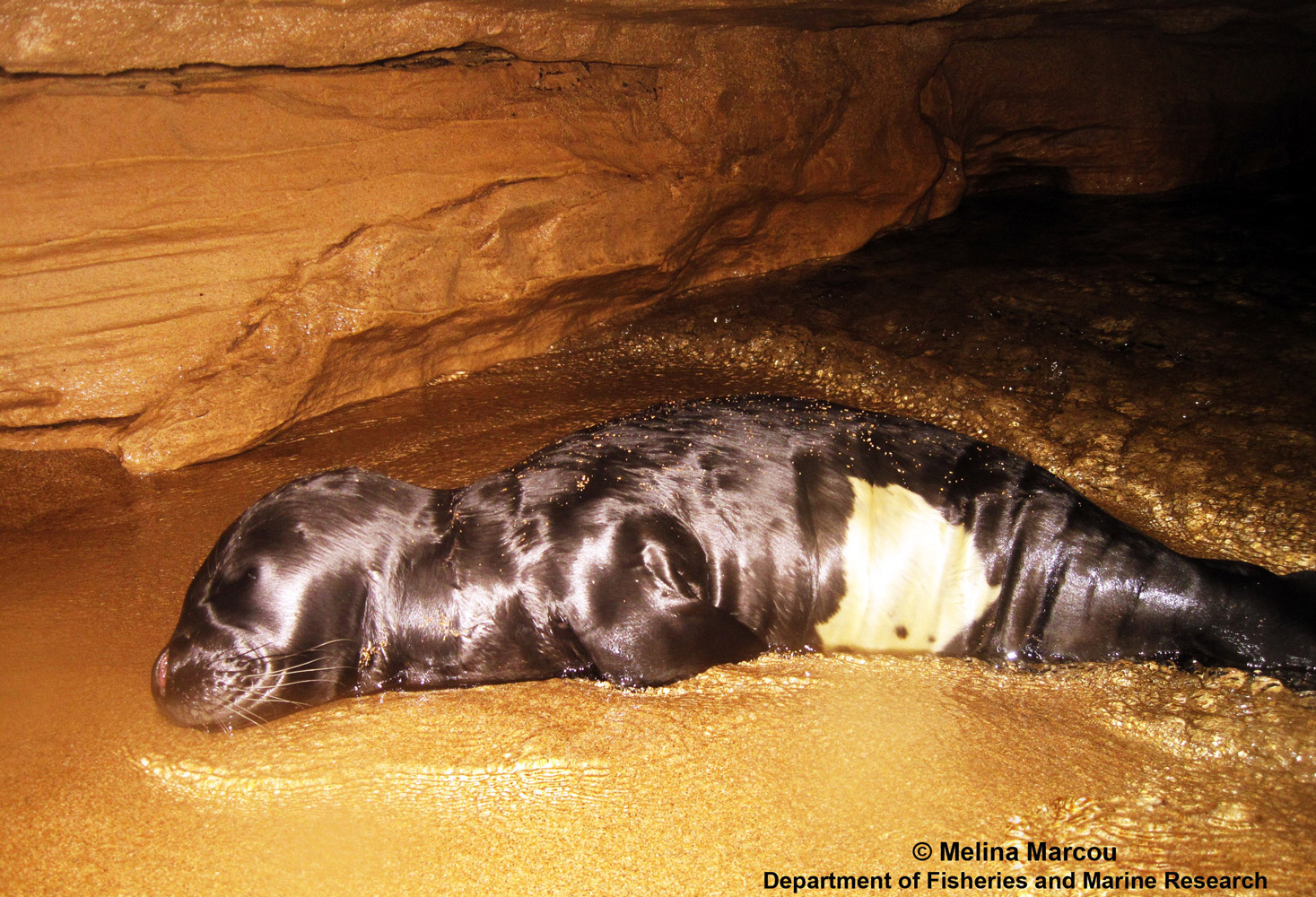People cautioned ahead of rare monk seal sightings

Mediterranean monk seals, the most rare and endangered marine mammal in Europe, will be once again using Cyprus’ sea caves to give birth between September and December, after a 10-month gestation period.
The Department of Fisheries and Marine Research has called for great care when encountering monk seal pups, as human interference was one of the main reasons they were abandoned by their mothers.
The mothers often leave their young in caves while they search for food.
For this reason, when people come across a seal pup they should avoid making sudden movements, view only from a distance, refrain from using a flash when photographing, never feed them, withdraw from the cave and inform the department.
The monk seal – Monachus monachus – is the rarest species of seal of the 33 around the world.
In antiquity it seems to have lived throughout the Mediterranean but today is the most endangered marine mammal in Europe, with only 700 individuals altogether, of which 20 are in Cyprus.
Monachus monachus feeds mainly on fish and cephalopods, its favourite being the octopus.
An adult seal can consume up to 10 per cent of its weight in food daily.
It can dive up to 200 metres and can swim large distances in a short time.
The monk seal is one of the largest species of seal in the world and can reach 2.5 metres in length and 300 kilos in weight.
The adult males are larger than the females and can be distinguished by their colour. Males are dark grey or black with a white blotch on their abdomen, while females are brown or grey with streaks on their back.
Pups are born with black fur, which they shed after a month.
Although seals spend most of their lives swimming, they need the terrestrial element, emerging mainly in isolated coastal caves and shores where they rest for long periods of time. They give birth and nurture their pups within the caves and along the shores.
The department points out that this is a very important reason for protecting and conserving the areas frequented by the seals.
The monk seal is protected under national legislation and regulations, as well as EU directives and protocols.
The Department of Fisheries is responsible for the protection of Monachus monachus in Cyprus.
All shelters used by seals have been recorded and a programme for 24-hour monitoring has been implemented since 2010.
From 1960 to 2010, sightings were rare and there was no evidence of reproduction. Since 2011, the seals seem to have created a local small but growing population.
The main risk seals face is losing their habitat to development. Other dangers are overfishing, which diminishes their food supply, and accidentally getting caught in fishing implements.
Monk seals are also protected under the Pandoteira project, which consists of a group of actions all interlinked in a framework with the purpose of making the Natura 2000 network more effective and functional, as well as sustainable.
The overarching goal of the project is to achieve a favourable conservation status for habitats and species of community importance, particularly of those included in the habitats and birds’ directives.
The actions proposed in the project will be implemented on a national scale, while specific actions for certain species and habitats will be implemented in 35 Natura 2000 sites.
Find out more about Pandoteira here.
